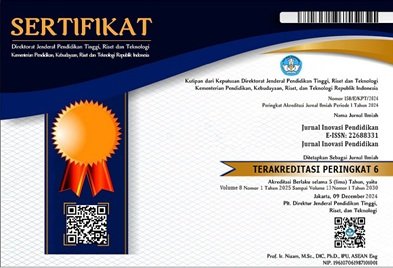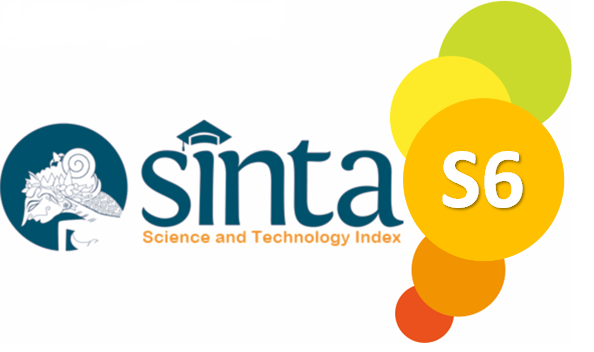PENERAPAN MODEL PEMBELAJARAN 4D DALAM PENGEMBANGAN MODUL AJAR BERDIFERENSIASI MATERI SISTEM RESPIRASI PADA MANUSIA UNTUK MATA PELAJARAN IPA KELAS VIII
Kata Kunci:
Model 4D, Modul Ajar Berdiferensiasi, Pembelajaran IPAAbstrak
Model pembelajaran 4D (Define, Design, Develop, Disseminate) merupakan pendekatan sistematis yang efektif dalam pengembangan perangkat ajar, termasuk modul pembelajaran berdiferensiasi. Penelitian ini bertujuan untuk mengimplementasikan model pembelajaran 4D dalam pengembangan modul ajar berdiferensiasi untuk mata pelajaran IPA kelas 8, khususnya pada materi sistem respirasi manusia. Penelitian menggunakan metode Systematic Literature Review (SLR) untuk menggali teori, konsep, dan praktik terbaik dalam pengembangan modul ajar berdiferensiasi berbasis 4D. Hasil penelitian menunjukkan bahwa penerapan model 4D dapat meningkatkan kualitas modul ajar dari segi struktur, keterlibatan siswa, serta relevansi materi dengan kebutuhan belajar yang beragam. Modul ajar yang dikembangkan memberikan pengalaman belajar yang inovatif, aktif, dan sesuai dengan karakteristik siswa. Dengan demikian, model 4D menjadi solusi yang efektif dalam mengakomodasi prinsip diferensiasi dalam pembelajaran IPA.
The 4D learning model (Define, Design, Develop, Disseminate) is a systematic and effective approach for developing teaching materials, including differentiated learning modules. This study aims to implement the 4D learning model in the development of differentiated teaching modules for 8th-grade science subjects, particularly on the human respiratory system topic. The study employs the Systematic Literature Review (SLR) method to explore theories, concepts, and best practices in the development of 4D-based differentiated teaching modules. The findings reveal that the implementation of the 4D model enhances the quality of teaching modules in terms of structure, student engagement, and material relevance to diverse learning needs. The developed teaching modules offer innovative, active, and tailored learning experiences for students. Thus, the 4D model provides an effective solution for accommodating differentiation principles in science education.





